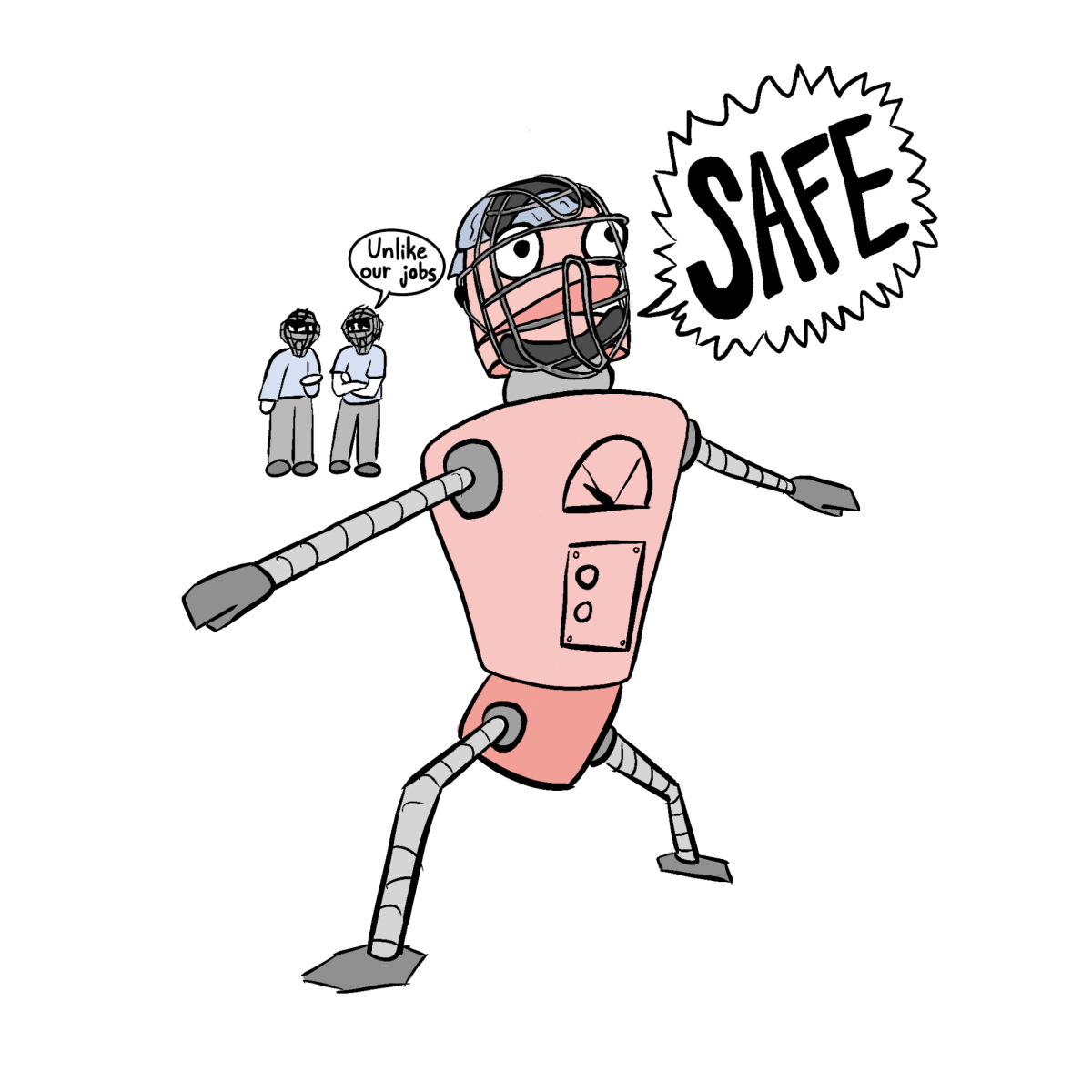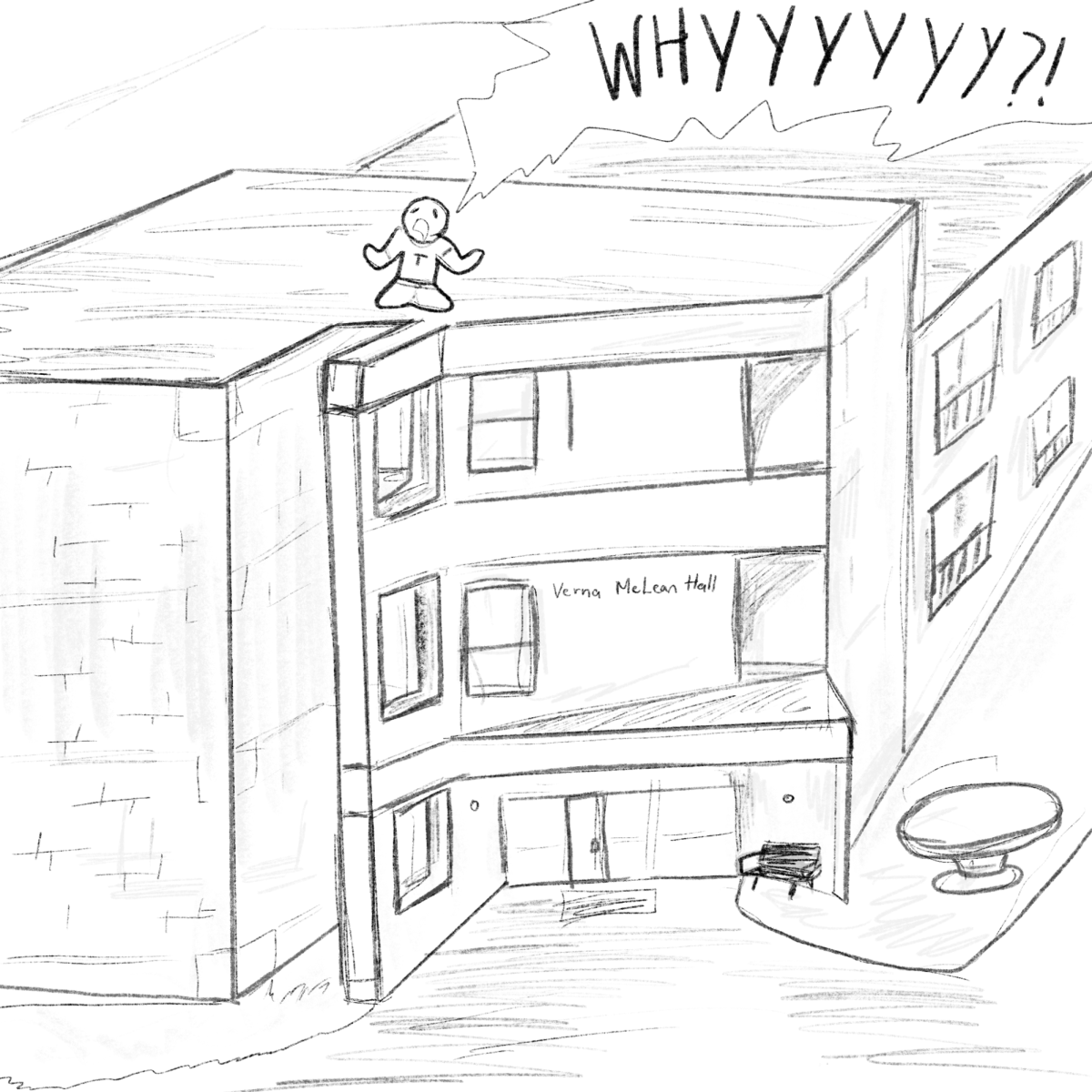Richard Nixon mocks Sean Spicer for dishonesty. The Pope’s hat pontifically pontificates about Chicago police violence. An angry man hawking two hams for $20 harasses Wendy’s for the preponderance of beef products on their menu. Am I going crazy? No, I’m just on Twitter. I made a Twitter to create a personalized aggregator of all the politics and policy news that smart people thought was important. It worked too well. I was rapidly drowning in a flow of depressing news and snark. I found life rafts in the form of @dick_nixon, @Popehat and @buy_2_hams, bursts of strange, surprising absurdity and surrealism amidsts a morass of political angst.
Much of life is a routine. Some have good routines and some do not, but regardless of quality, a universal features of routines is their predictability. One can reasonably predict how each day will go. More generally, we form expectations and predictions about the world and have notions about its normalcy.
But the world is a funny thing and so are the people in it. All it takes to see and appreciate it is a sense for the absurd and the surreal: An old jar of iodine in a chemistry lab recommends mashed potatoes as the treatment for iodine ingestion. Someone has taken the cushions off the dorm couches and left them in front of every door in the hall. You turn on the computer in the computer science major’s lounge only to find that the mouse is missing.
Some might find these occurrences as annoying or mildly humorous. I find a deeper meaning in them. Each occurrence is an example of the world being off in some way. One of the many conscious beings on the planet has done something thoroughly unexpected. A crack has been placed in the windshield of routine through which we view the world.
Surreal and absurd events in our daily life mirror the glitches and programming conflicts of video games. In the post-nuclear Washington, D.C. of Fallout 3, it is not uncommon to return after clearing an area to find the bloody, obliterated bits of enemies reanimated and walking around. In other ways video games fail in their attempt to portray a convincing world. In Bioshock Infinite, people don’t react to guns aimed at their heads and apples heal bullet wounds.
In other ways, games traffic deliberately in the absurd to make a world seem real. Again in Fallout 3, skeletons are deliberately placed to tell a story. A skeleton lies before a locked door with a pack of bobby pins next to it. Another sits on a toilet with dozens of beer bottles around it. Behind a concealed door, one finds a room where plungers cover every conceivable surface and a garden gnome is surrounded by stimulants.
Absurdities and surreal occurrences like these are expected and appreciated in video games. It would be wise to take a page out of this approach to game worlds in an approach to the real world.
Start with this sensitivity to the lunacy in the world and let one’s mind imitate it. Note how surreal and absurd one’s own thoughts often are, as the brain’s shifting chemical equilibrium leads to the free-associative connectivity of consciousness that is the heart of creativity. Like cracking open the shell of a chocolate truffle to the rich flavor inside, embracing idiosyncrasy enables true appreciation of the deep, immense, abiding richness of the world that derives from its strangeness and unpredictability, in defiance of all attempts to normalize and order it. Consider how delightful it is that, in a mockery of semantics, the world excels in both the absurd and surreal daily.







